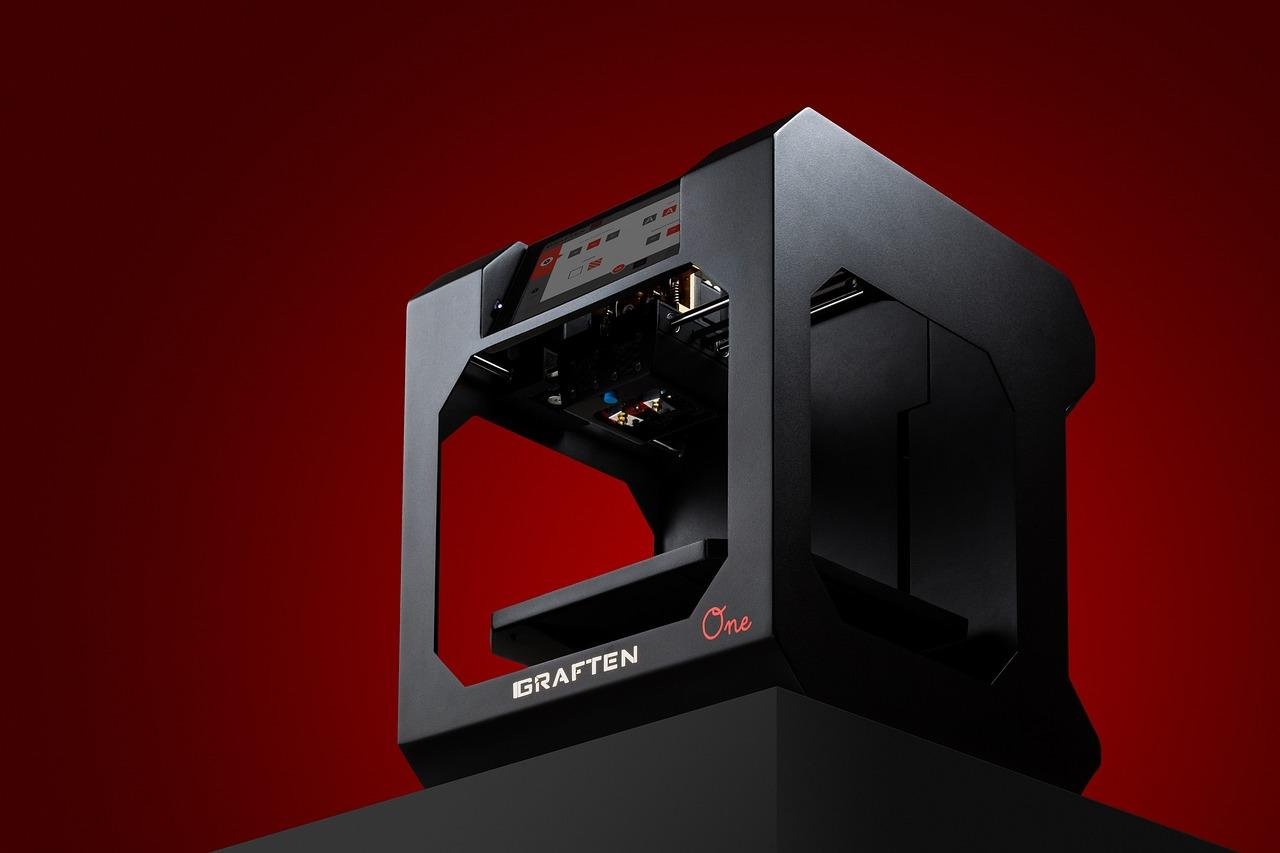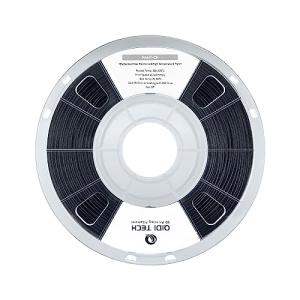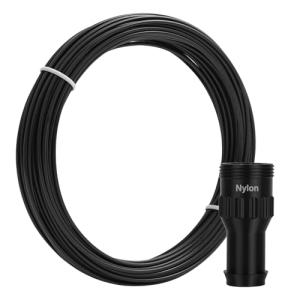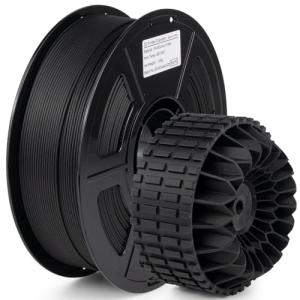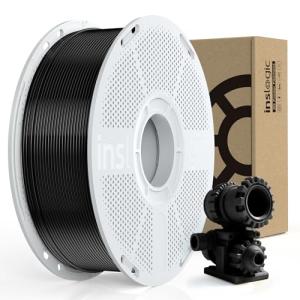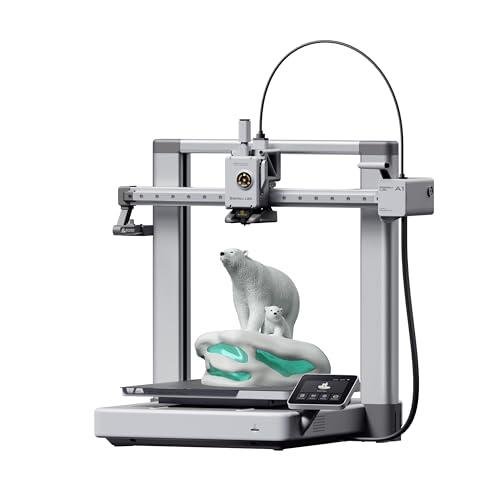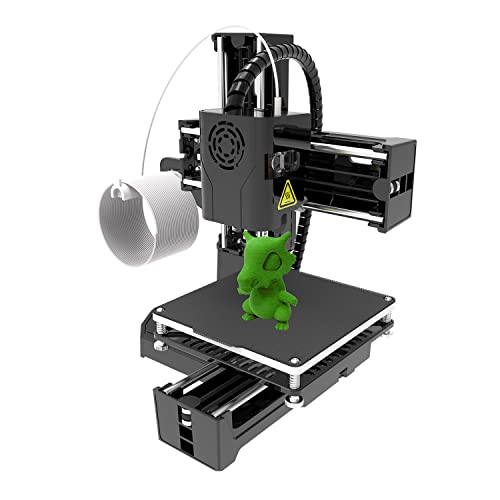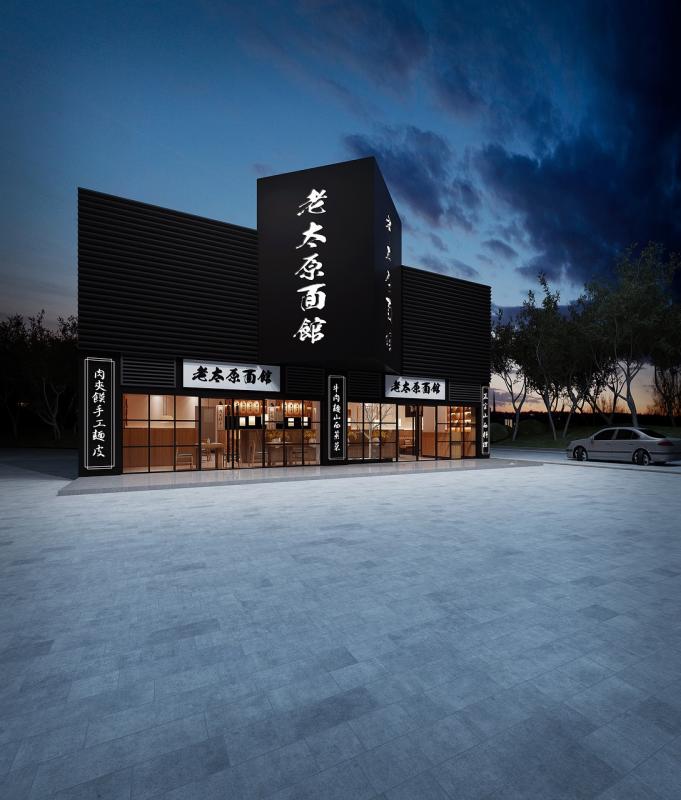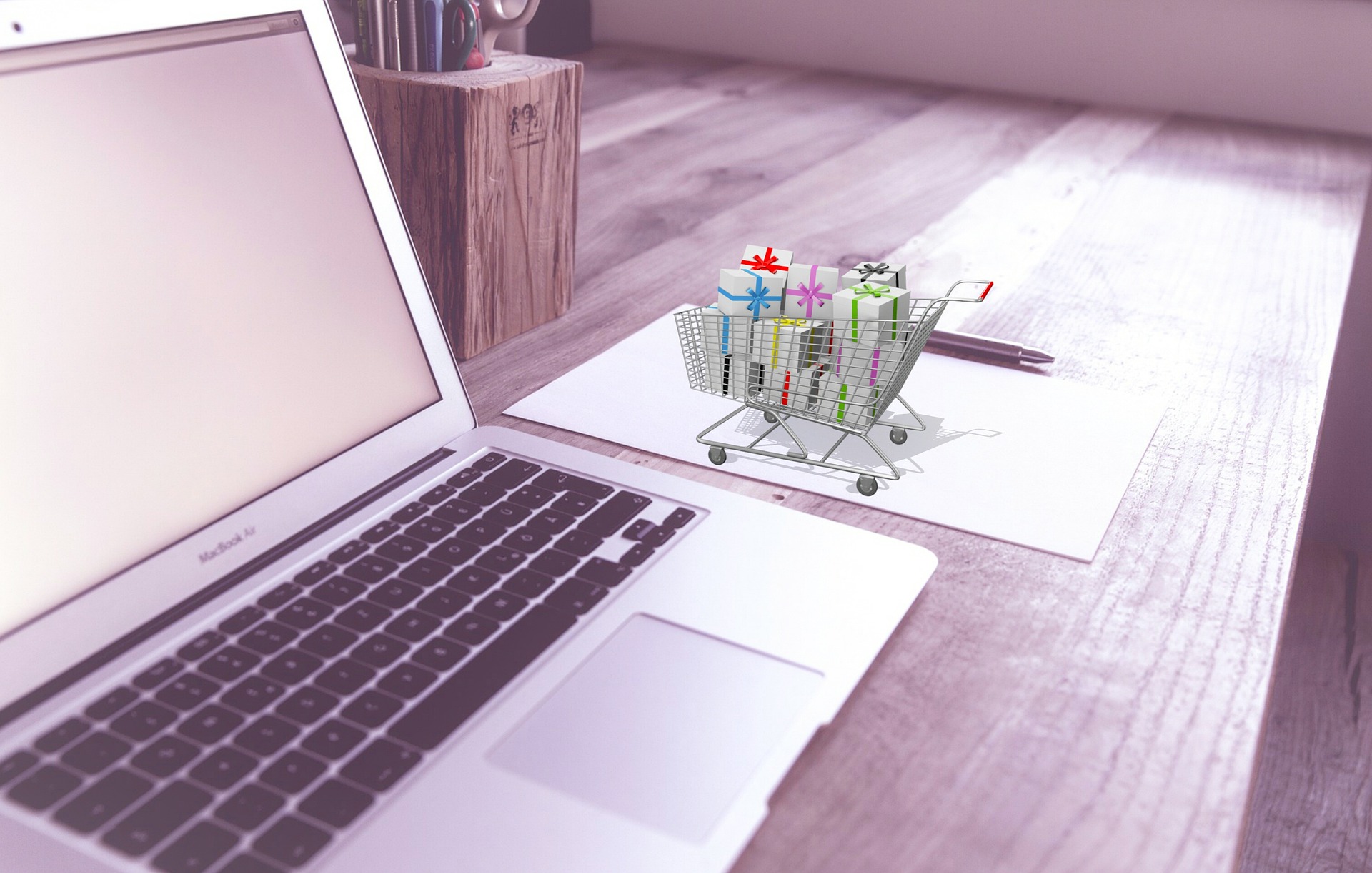Unleashing Design Freedom and Complexity
3D printing transforms the creative process by enabling the fabrication of geometries that were once impossible or prohibitively expensive. Intricate lattice structures, organic curves, and internal channels can be produced in a single build, eliminating the need for assembly or multi-part molds. This level of design freedom empowers engineers and artists alike to explore novel forms and push the boundaries of innovation.
Customization reaches new heights as each object can be tailored down to the smallest detail. Complex undercuts, embossed textures, and interlocking assemblies emerge directly from digital files, turning ambitious concepts into reality without compromise. The ability to iterate on these complex designs accelerates experimentation and refines performance far beyond traditional subtractive methods.
Accelerated Prototyping and Iterative Development
Rapid prototyping lies at the core of additive manufacturing’s appeal. By translating CAD models into physical parts within hours, product teams can evaluate form, fit, and function in real time. This accelerated feedback loop slashes development cycles from weeks or months to mere days, fueling agile workflows and shortening time to market.
Early detection of design flaws minimizes costly revisions later in the development process. Engineers can test ergonomic grips, fluid dynamics channels, or structural load paths before committing to expensive injection molds or tooling fixtures. The result is a continuous iteration cycle that fosters innovation without the burden of long lead times.
Cost Efficiency and Material Optimization
Additive manufacturing builds objects layer by layer, using only the exact volume of material required. This precision reduces waste dramatically compared to traditional subtractive processes, where up to 90 percent of raw stock can end up as scrap. By optimizing material usage, businesses lower production expenses and embrace a more sustainable fabrication model.
Small-batch and one-off parts become economically viable, avoiding the hefty upfront costs of custom tooling and mold creation. Organizations can produce prototype batches, specialty components, or limited-edition products without minimum order penalties, aligning manufacturing costs directly with demand.
On-Demand Customization and Personalization
3D printing shines when personalization is paramount. From bespoke medical implants and dental aligners to tailored consumer goods and promotional items, each print can be customized to individual specifications. This on-demand approach eradicates inventory overhead and enables true mass customization.
Adaptive manufacturing workflows respond instantly to changing requirements. Need a new fixture for an assembly line? Print it overnight. Require patient-specific surgical guides? Generate them in the clinic within hours. This dynamic responsiveness elevates service levels and enhances end-user satisfaction.
Material Versatility and Functional Performance
A broad and growing palette of print materials opens pathways for diverse applications. Common thermoplastics such as PLA and ABS offer reliability for general prototyping, while advanced engineering filaments—nylon blends, carbon fiber composites, and flexible TPU—deliver functional performance for demanding end-use parts.
Specialty materials imbued with conductive particles facilitate embedded electronics, and wood- or metal-filled filaments simulate traditional textures for aesthetic designs. High-temperature polymers like polycarbonate, PEEK, or PEI withstand harsh environments, supporting applications in aerospace, automotive, and industrial tooling.
Decentralized and Flexible Manufacturing
By decentralizing production, 3D printing empowers organizations to manufacture near the point of need. Localized printing hubs reduce reliance on extended supply chains and mitigate risks associated with global logistics disruptions. Spare parts can be produced on demand in remote facilities, minimizing downtime and inventory carrying costs.
This distributed manufacturing paradigm supports just-in-time replenishment and fosters resilience. Field service teams equipped with portable printers can address maintenance challenges on site, generating replacement components without waiting for external suppliers or shipping lanes.
Educational Impact and Skill Development
Integrating 3D printing into educational programs transforms passive learning into hands-on discovery. Students design and fabricate mechanical linkages, architectural models, and scientific instruments, deepening their comprehension of STEM concepts through tangible experimentation.
Collaborative projects teach version control, iteration strategies, and project management skills, equipping learners with real-world engineering practices. As budding creators see their digital designs materialize, they gain confidence and cultivate problem-solving mindsets essential for tomorrow’s innovators.
Sustainability and Eco-Conscious Fabrication
Additive manufacturing aligns with green initiatives by minimizing material waste and energy consumption. Biodegradable filaments and plant-based resins further reduce environmental impact for prototypes and disposable components. Failed prints and support structures can be granulated and reprocessed into new feedstock, closing the plastic loop.
Energy-efficient electronics and intelligent cooling systems lower the overall power draw during operation. By adopting sustainable practices, organizations demonstrate environmental stewardship while benefiting from the resource efficiency inherent in layer-by-layer fabrication.
Enhanced Reliability and Error Prevention
Advanced sensor suites embedded in modern 3D printers safeguard against common print failures. Filament run-out detectors pause operations to facilitate seamless spool swaps, preserving hours of print time and material investment. Power-loss recovery functions automatically resume builds at the exact layer where interruptions occurred.
Closed-loop motion controls and real-time feedback loops maintain positional accuracy, compensating for mechanical wear or fluctuations in ambient conditions. These reliability features increase first-print success rates and reduce the need for constant supervision.
Advanced Software Integration and Workflow Efficiency
Sophisticated slicing software acts as a conduit between design and production, translating 3D models into optimized toolpaths. Preconfigured material profiles balance temperature, speed, and cooling parameters, simplifying setup and yielding consistent results.
Real-time print previews and error-checking routines flag potential collisions or insufficient support structures before build initiation. Cloud-based job management platforms enable remote print queuing, status monitoring, and material inventory tracking, streamlining operations across multiple machines.
Multifaceted Applications Across Industries
3D printing permeates myriad sectors, from healthcare and aerospace to fashion and consumer electronics. Surgeons utilize patient-specific anatomical models to plan complex procedures, while aerospace engineers print lightweight structural components that reduce fuel consumption. Fashion designers craft avant-garde garments and footwear prototypes, and architects produce detailed scale models for client presentations.
Even niche markets—such as hobbyist miniatures, cosplay props, and bespoke home décor—benefit from the versatility and accessibility of desktop printers. This cross-industry applicability highlights additive manufacturing’s transformative potential.
Elevated Quality and Surface Finish
Multi-stage printing techniques, such as resin-based SLA and DLP, achieve sub-25-micron layer resolutions and near-perfect surface smoothness. Post-processing workflows, including automated washing and UV curing, enhance mechanical properties and aesthetic appeal.
For filament-based systems, advanced nozzle designs and optimized cooling strategies minimize stringing and layer lines. Variable infill patterns and adaptive wall thicknesses bolster structural integrity without sacrificing surface quality.
Scalability with Large-Format Platforms
Large-format additive systems accommodate builds that far exceed desktop dimensions, enabling single-piece fabrication of furniture prototypes, industrial housings, and theatrical props. Reinforced axes and dual-drive extrusion systems preserve stability across expansive build volumes.
These machines unlock new creative arenas, allowing users to print life-size components or complex assemblies without segmentation. The resulting prints emerge as cohesive artifacts, requiring minimal post-assembly and finishing.
Future Outlook: Democratizing Manufacturing
As 3D printing technologies advance, barriers to entry continue to fall. Improved automation, intelligent material handling, and AI-driven process optimization accelerate adoption and reduce operator expertise requirements. Open-source communities and shared digital libraries broaden access to design assets and best practices.
The democratization of manufacturing fosters innovation ecosystems where individuals, startups, and global enterprises collaborate seamlessly. By embracing additive fabrication, creators of all backgrounds gain the tools to iterate rapidly, customize endlessly, and fabricate sustainably, charting a new era of personalized production.
Immerse yourself in the world of additive fabrication, where every digital sketch transforms into a tangible masterpiece. Modern 3D printers bring your wildest concepts to life with astonishing speed and reliability, empowering creators to prototype, iterate, and produce end-use parts in a single workflow. Whether you’re an engineer refining complex assemblies or an artist sculpting detailed miniatures, a high-performance 3D printer elevates every project to professional quality, right from your workspace.
Discover an expansive palette of printing materials tailored to your specific needs. Standard thermoplastics like PLA and ABS deliver dependable strength and ease of use, making them perfect for beginners and iterative prototyping. Transition effortlessly to advanced filaments—nylon blends for durable gears, flexible TPU for wearable prototypes, or carbon fiber–reinforced composites for lightweight structural parts. Each spool unlocks new mechanical properties and aesthetic possibilities, from matte finishes to translucent colorways.
Precision is the cornerstone of exceptional 3D printing. State-of-the-art systems routinely achieve layer heights below 50 microns, capturing intricate details, sharp edges, and seamless curves. Intelligent bed-leveling sensors and closed-loop motion controls ensure flawless first layers, preventing warping and misalignment. Whisper-quiet stepper motors paired with vibration-dampening frames maintain accuracy throughout marathon prints, so even large-scale builds emerge flawless from base to summit.
User-friendly slicing software bridges the gap between CAD models and physical prints with intuitive, click-through workflows. Preconfigured material profiles automatically optimize temperature, speed, and cooling parameters, drastically reducing setup time. Real-time print previews flag potential overhangs or collisions, enabling you to tweak support structures before hitting “start.” Advanced users can delve into custom G-code adjustments, refining extrusion widths, infill patterns, and retraction settings to tailor strength, surface finish, and print speed.
Rapid prototyping reshapes product development by compressing weeks of iteration into mere hours. Validate ergonomics, test mechanical fit, and uncover design flaws early in the process, slashing tooling costs and minimizing risks. Startups gain a competitive edge as they refine hardware ideas without investing in expensive molds or CNC setups. Designers embrace agile workflows, where iteration cycles fuel creativity and accelerate time to market.
Small-batch production leverages additive manufacturing for on-demand parts and customized components. Create bespoke fixtures, jigs, and tooling elements directly from digital designs, eliminating long lead times and hefty minimum order quantities. Medical professionals craft patient-specific surgical guides and orthotics, while dental labs produce precise aligners and crowns with minimal manual intervention. Even niche hobbyists benefit from short-run production of collectibles, cosplay props, and custom gadgets.
Educational institutions harness the power of 3D printing to ignite STEM learning. Students design mechanical linkages, architectural models, and scientific apparatuses, reinforcing theoretical lessons through hands-on creation. Collaborative projects teach version control, design iteration, and problem-solving skills, preparing the next generation of innovators. Interactive labs equipped with desktop 3D printers cultivate curiosity, turning abstract concepts into tangible experiments.
Artists and designers explore uncharted creative territory through multi-material and multi-color printing. Dual-extrusion heads synchronize filament feeds to produce seamless gradients, embedded logos, and contrasting textures within a single build. Organic lattices, intricate filigrees, and biomimetic structures emerge with clarity and depth, unleashing new forms of expression for sculptors, fashion innovators, and industrial designers.
Resin-based photopolymerization delivers sub-25-micron layer resolution and glass-like surface finishes for ultra-fine detail. SLA and DLP printers excel at capturing realistic facial features, jewelry prototypes, and dental restorations. Integrated wash-and-cure stations standardize post-processing, ensuring parts achieve desired mechanical properties and flawless aesthetics. From precise miniatures to technical medical models, resin technologies open doors to applications demanding the highest fidelity.
Large-format platforms break free from the desktop confines, enabling single-piece fabrication of objects that once required assembly. Reinforced linear rails and dual-motor gantries maintain stability across expansive build volumes, while high-flow extruders handle viscous engineering filaments without compromise. Print scale models for architectural presentations, life-size cosplay components, or functional automotive housings in one seamless process.
Reliability features safeguard both your time and material investment. Filament run-out sensors proactively pause prints for smooth spool changes, while power-loss recovery resumes projects exactly where they left off after an outage. Enclosed build chambers stabilize ambient temperatures, reducing curling and boosting layer adhesion for high-temperature materials like polycarbonate and nylon.
Sustainability intersects with additive manufacturing through recyclable materials and eco-conscious workflows. Biodegradable PLA variants and plant-based resin options minimize environmental impact for disposable prototypes. Failed prints and support structures can be shredded and reprocessed into new filament, closing the loop on plastic consumption. Energy-efficient electronics and smart cooling algorithms reduce overall power draw, aligning innovation with green principles.
Seamless integration with CAD programs and online repositories grants instant access to millions of free and premium 3D models. Browse intricate mechanical assemblies, household tools, or speculative art pieces ready for customization. Adjust dimensions, merge designs, or embed personalized inscriptions directly within the digital file, then watch as your unique creation materializes layer by layer.
Community-driven ecosystems amplify the 3D printing experience. Open-source firmware adds experimental motion profiles and extrusion algorithms, while online forums share printer mods, slicing tips, and filament tests. Collaborative repositories curate optimized settings for emerging materials, helping you stay at the cutting edge of additive manufacturing techniques.
Industrial-grade sensors and closed-loop feedback maintain consistent print quality by monitoring extrusion pressure, nozzle temperature, and chamber humidity in real time. Predictive maintenance alerts warn of nozzle wear or belt tension changes, scheduling service checks before failures occur. This intelligent automation maximizes uptime and extends the lifespan of critical components.
Customized manufacturing becomes accessible to businesses of all sizes. Limited-edition products, promotional items, and personalized gifts come to market without inventory hassles. Seasonal merchandise and on-demand accessories foster customer engagement through exclusivity, while agile production minimizes storage costs and supply chain complexity.
Modular hot ends empower experimentation with advanced materials like PEEK, PEI, or ceramic-filled polymers. Swap nozzles to suit high-temperature engineering tasks or install micro-bore tips for sub-millimeter features. This adaptability fuels innovation in aerospace testing, biomedical research, and flexible electronics prototyping.
Cloud-connected 3D printers streamline remote monitoring, job queuing, and material inventory management from any device. Cross-platform APIs integrate additive manufacturing seamlessly into product lifecycle management and enterprise resource planning systems. Centralized dashboards provide real-time analytics on print performance, material consumption, and uptime metrics.
Investing in a high-precision 3D printing solution yields exponential returns as workflows become leaner, development cycles shrink, and creative horizons expand. Whether you’re mapping out a new hardware product, advancing scientific research, or expressing artistic vision, additive manufacturing empowers you to transcend traditional fabrication limits. From the very first layer to the final prototype, experience a transformative journey where ideas coalesce into reality at the speed of your imagination.
